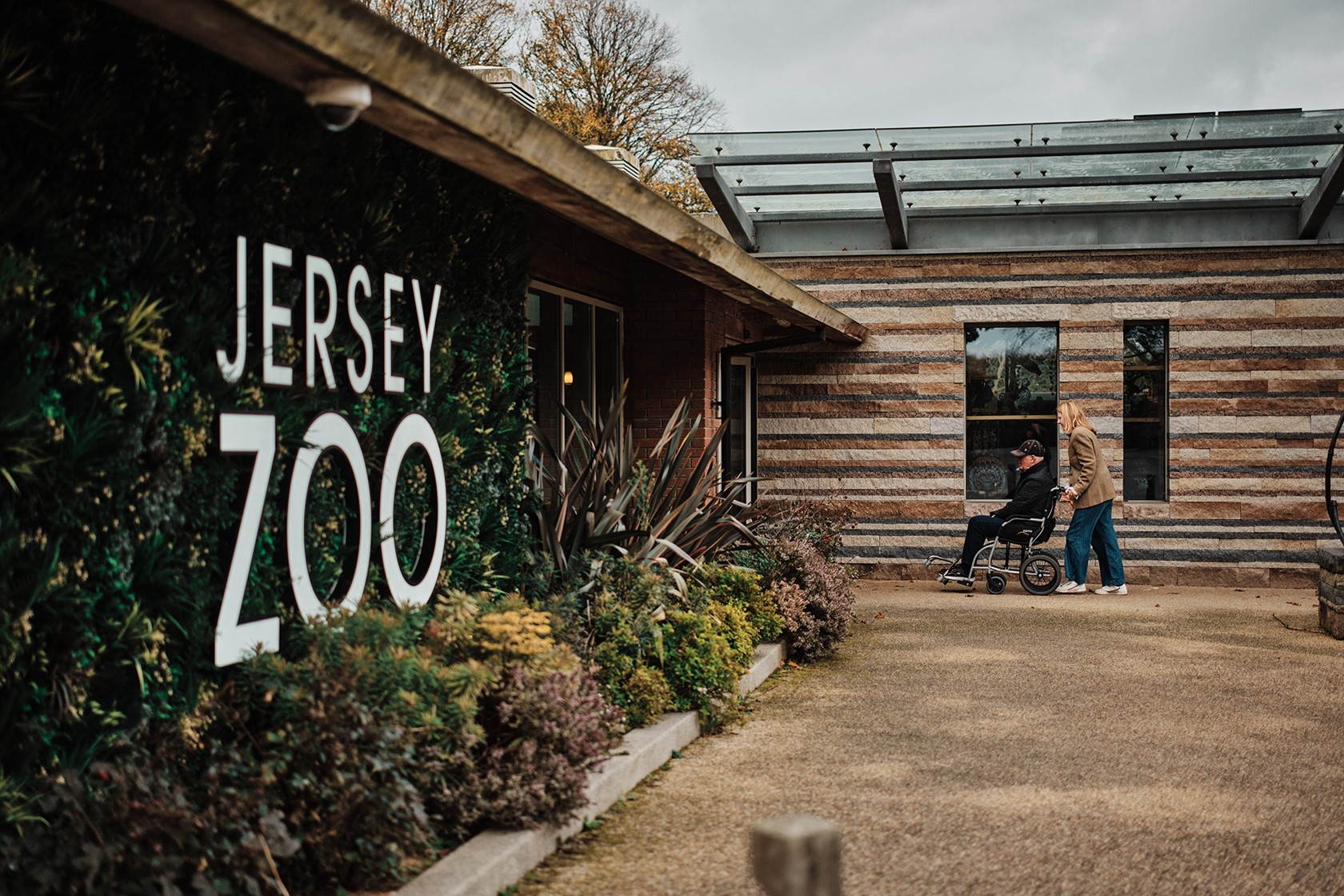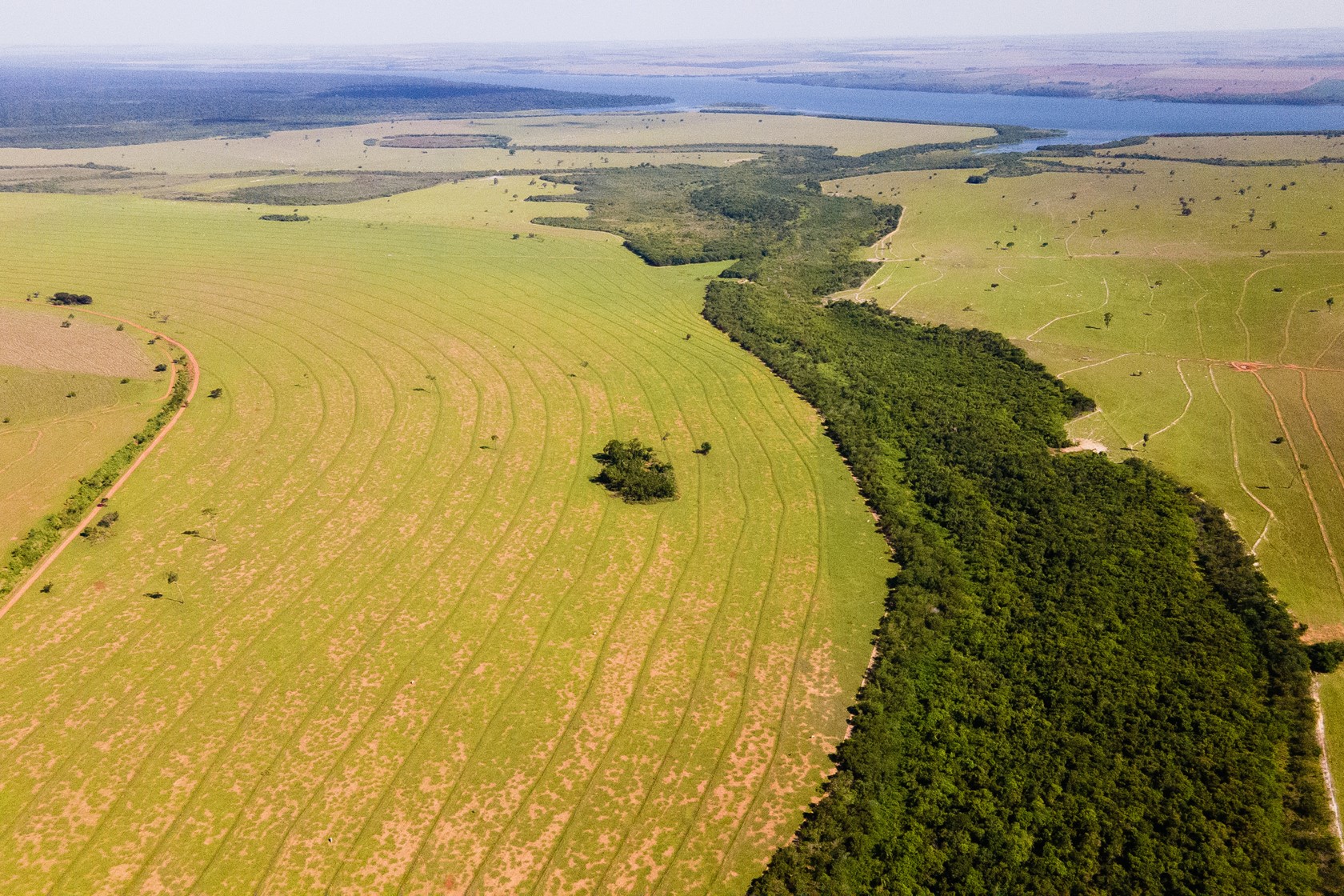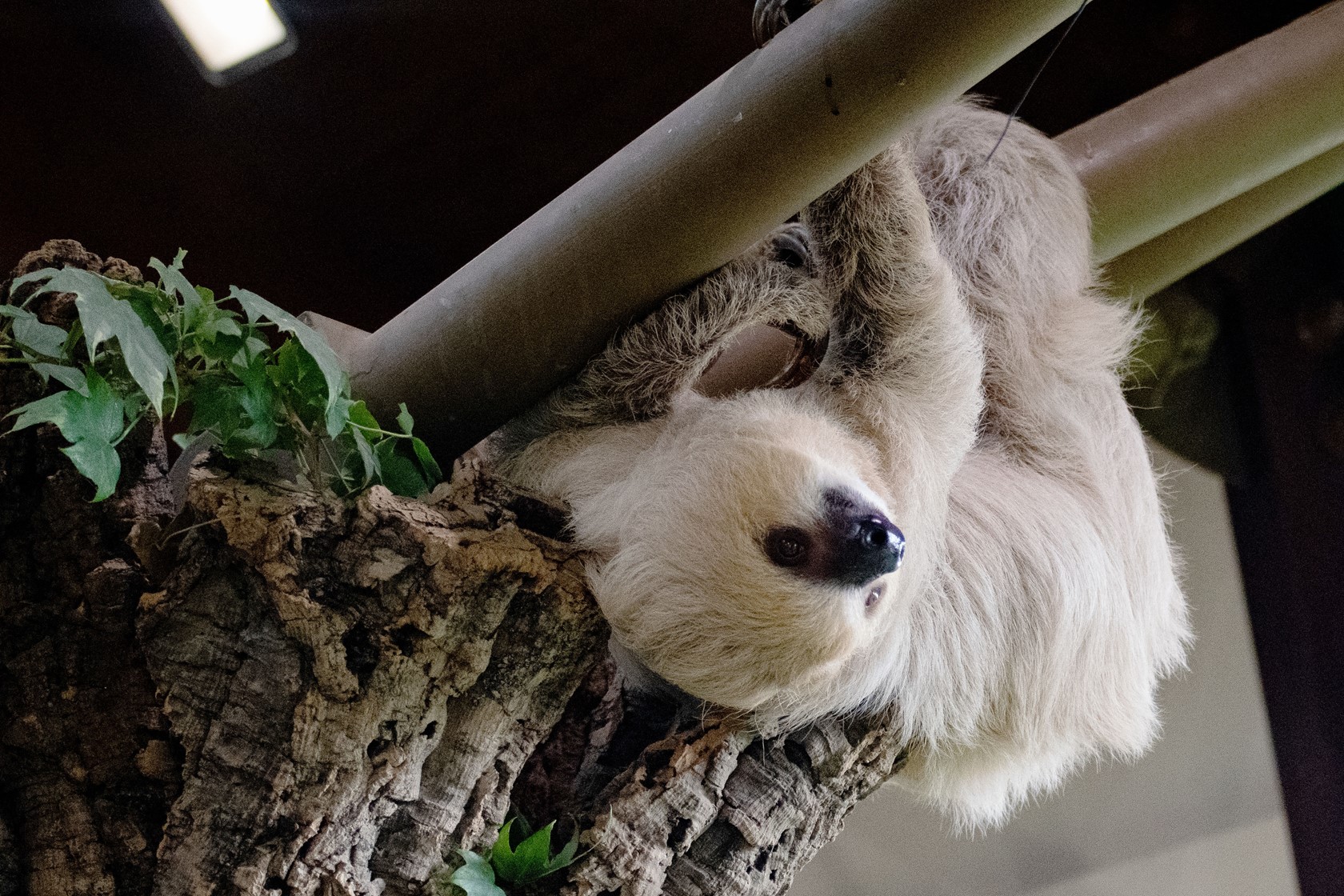The Caribbean’s Last Survivors
Flash back 10,000 years and the Caribbean was an incredibly diverse region for mammals - host to its own species of monkeys and sloths, along with many other curious creatures. However, this region has experienced the world’s highest level of historical mammal extinctions. Today, only 12 species of non-flying land mammals occur there. They belong to just two families: the hutias (Capromyidae) and the solenodons (Solenodontidae), which can be found in Cuba, Hispaniola, Jamaica, and the Bahama Archipelago.
Whilst other species have been wiped out, these twelve remaining ones are the Last Survivors and their conservation status has just been reviewed in a new piece of research.
This new research was undertaken by the IUCN SSC Small Mammal Specialist Group (SMSG) and is part of a wider reassessment of all SMSG species for the IUCN Red List of Threatened Species. It’s rather a mixed picture for these animals; some have kept the same status, whilst others have moved to lower extinction risk categories and some have been moved up. A general pattern amongst these surviving species is that hunting, habitat loss, and invasive species represent the major threats, and where conservation efforts are required, they are likely to involve a range of targeted management strategies.
Some survivors might be only just hanging on… There is doubt over whether some of the Cuban species are indeed still living, and if they are, then they may be only just hanging on in small areas and tiny populations. This is the case for the San Felipe Hutia (Mesocapromys sanfelipensis), which hasn’t been observed since 1978, plus the Dwarf Hutia (Mesocapromys nanus), which hasn’t been seen in Zapata since 1951. Another species, Cabrera’s Hutia (Mesocapromys angelcabrerai) has been moved from Endangered to Critically Endangered (Possibly Extinct), due to concerns over loss of habitat quality associated with causeway construction and increased disturbance from local people and invasive mammals. These three Cuban species are the highest priorities for urgent expeditions to determine whether they still exist because if they do, they will almost certainly require conservation action to secure their future.
…but others are faring better than previously thought The Hispaniolan Hutia (Plagiodontia aedium) and Solenodon (Solenodon paradoxus) are both endemic to the island and have been moved from Endangered to Near Threatened because new information has revealed that neither species is as rare as previously thought. Durrell and the Zoological Society of London jointly led the Darwin Initiative funded Last Survivors project to investigate these species in the Dominican Republic. The project involved a host of local partners and was instrumental in gathering valuable information about the two Hispaniolan species.
The project resulted in a much stronger ecological evidence-base and we now have an improved understanding of the species, including their distribution, genetics, threats faced, and behavioural ecology. Country-wide surveys in the Dominican Republic were carried out during the project, and these showed that both species are far more widely distributed than previously thought, with no obvious evidence of recent subpopulation declines or extirpations. The good news is that they can be found in numerous protected areas in the country and that they occur not just in primary forest, but also in human-modified landscapes. However, despite the lowering of their extinction risk category, it is still extremely important that their native forest habitats are protected, not just for the benefit of these species but for a huge range of other animals.
This article highlights just a few of the species which were reassessed. To find out about all twelve species in more detail read the full publication here. If you are interested in undertaking research on any of these species then feel free to contact the SMSG here.

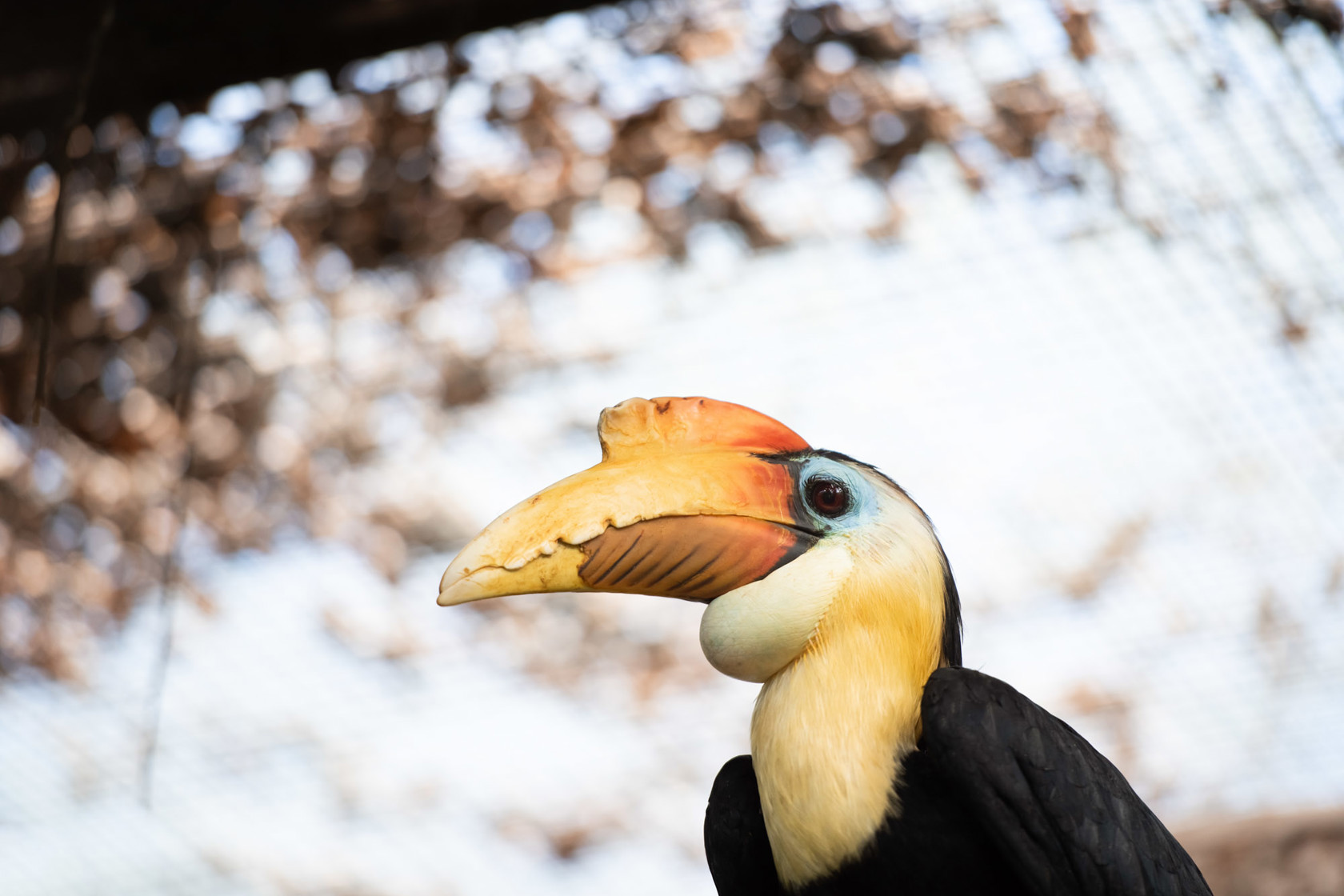
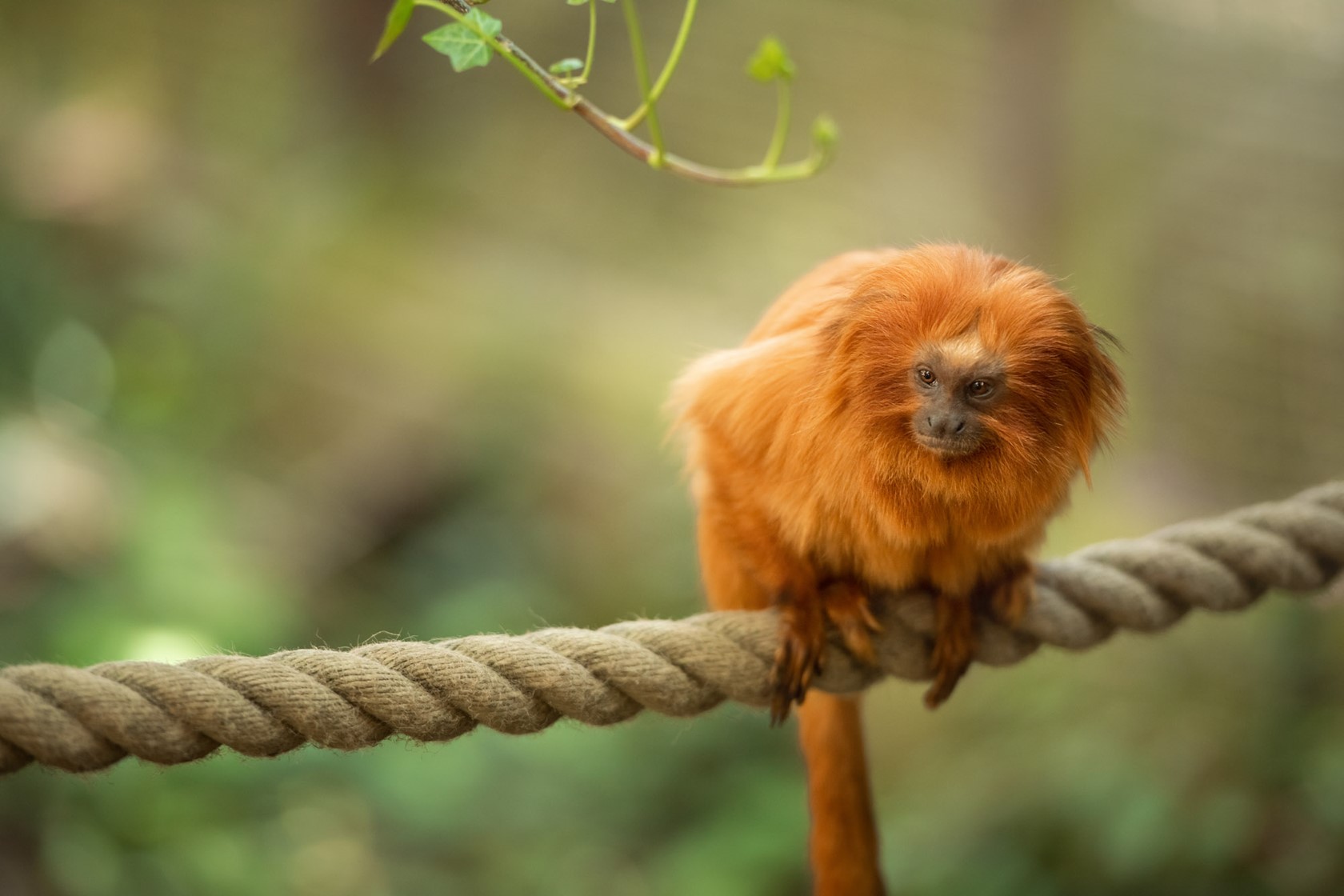
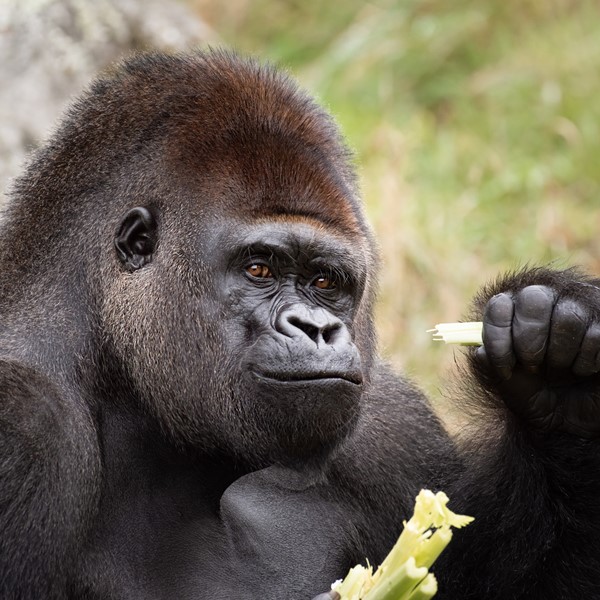 Mammals
Mammals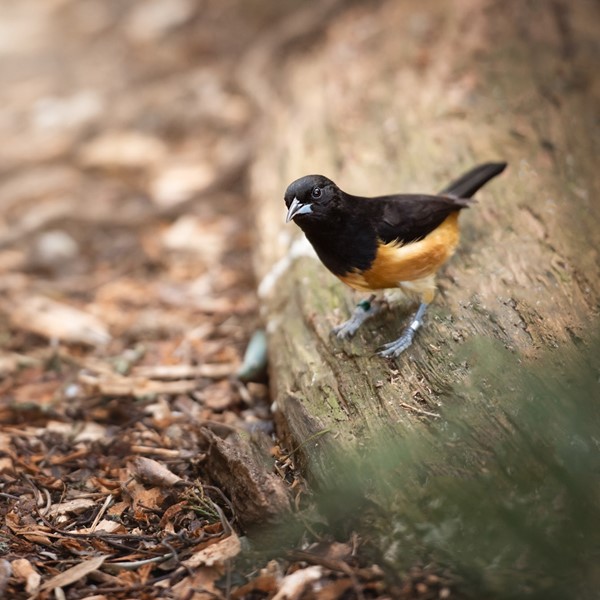 Birds
Birds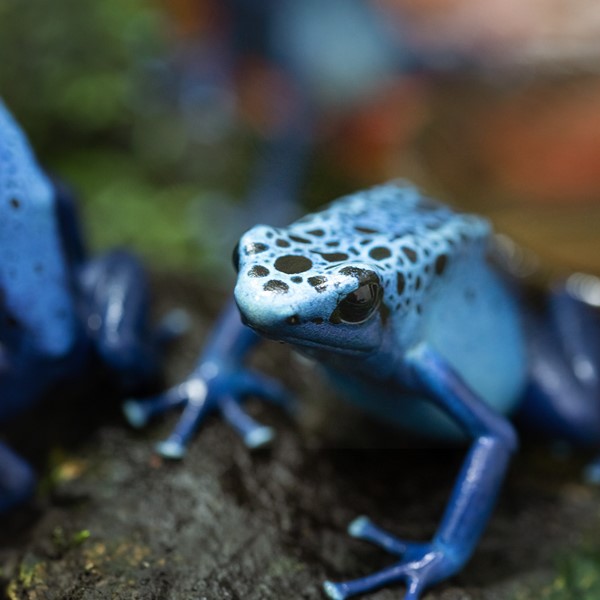 Amphibians
Amphibians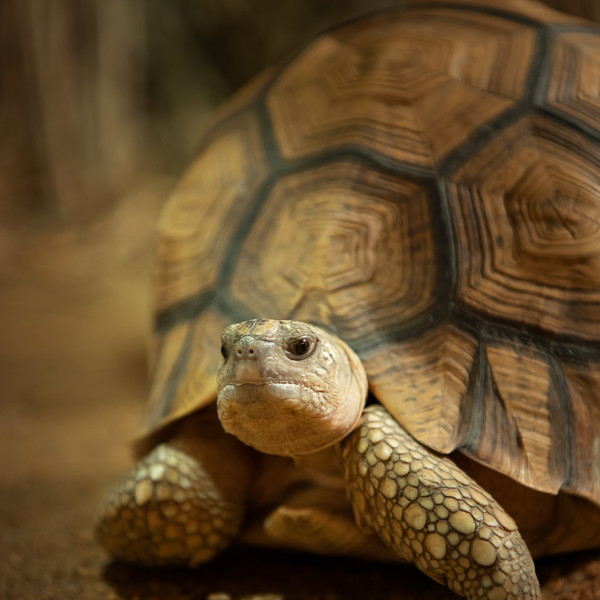 Reptiles
Reptiles